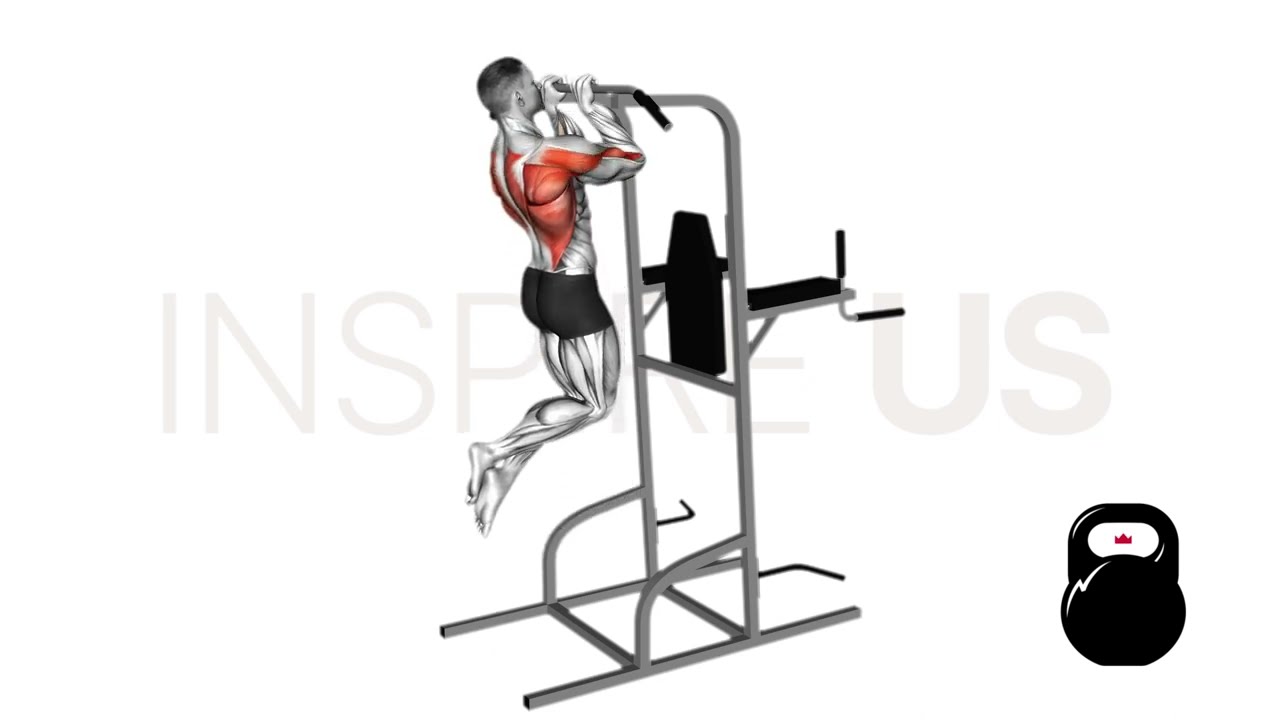Close Grip Pull-ups: Benefits, Muscles Worked, and More
Close grip pull-ups are a popular and effective exercise for building upper body strength, particularly in the back, shoulders, and arms. As the name suggests, this exercise involves gripping a pull-up bar with a narrower grip than the traditional shoulder-width grip pull-up.
One of the main benefits of close grip pull-ups is their ability to help develop a strong and defined back, which not only enhances physical appearance but also improves posture and overall functional fitness. Additionally, close grip pull-ups can be a useful exercise for those looking to improve their performance in other activities, such as climbing, gymnastics, or sports that require upper body strength and stability.
Close grip pull-ups can be challenging for beginners, but with practice and proper technique, anyone can work their way up to performing multiple reps. Variations such as assisted pull-ups or using resistance bands can also help beginners build the strength necessary to perform the exercise unassisted.
What is a Close Grip Pull-Up?
A close grip pull-up is a type of pull-up exercise that involves gripping a pull-up bar with hands placed close together, typically shoulder-width apart or closer.
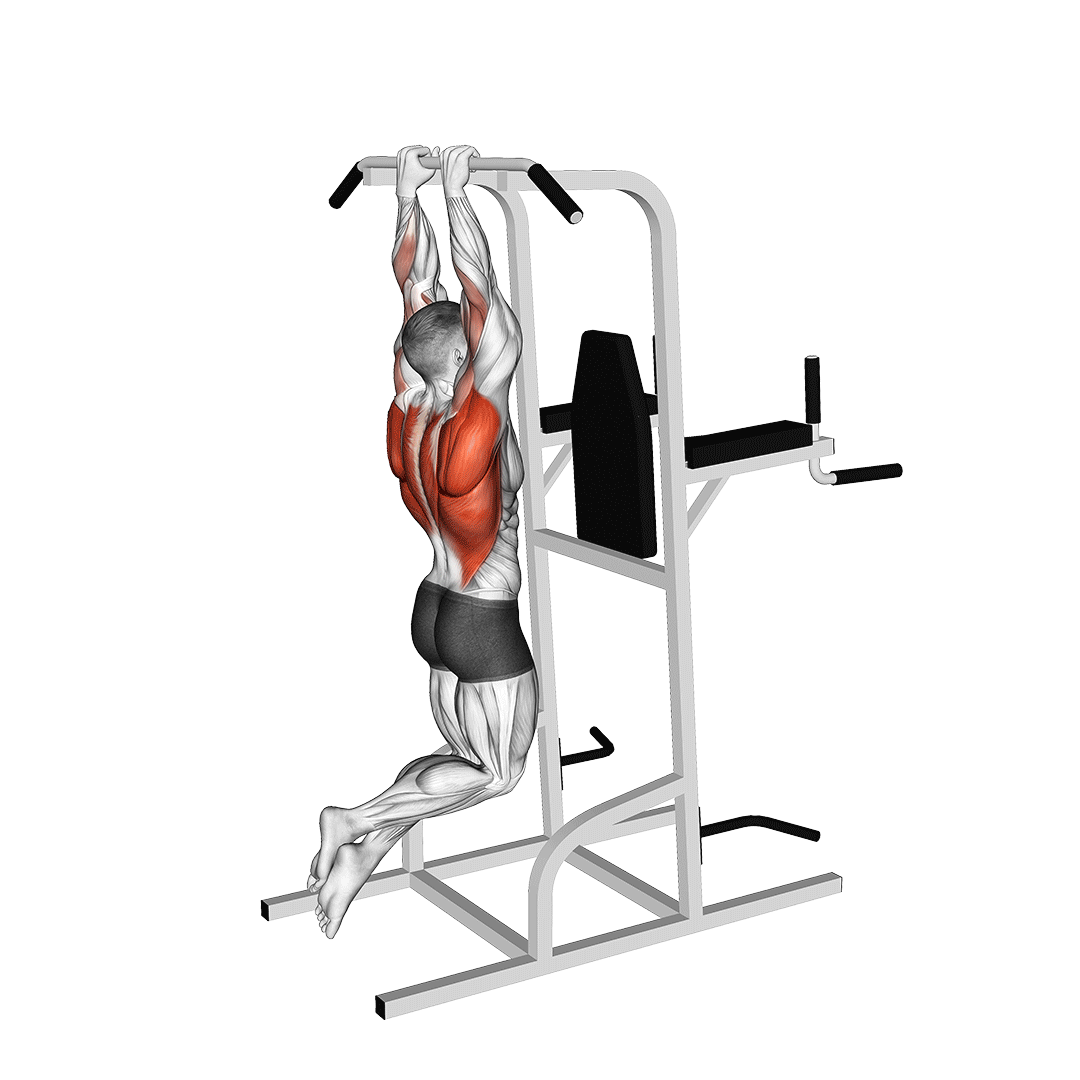
This variation of the pull-up targets the muscles of the upper back, specifically the latissimus dorsi, while also engaging the biceps, forearms, and shoulders.
The movement involves pulling the body up towards the bar, with the elbows tucked in close to the sides of the body, until the chin is level with or above the bar.
Close grip pull-ups are a challenging exercise that requires significant upper body strength and can be used to develop a strong and defined back, enhance posture, and improve overall functional fitness.
How to Perform a Close Grip Pull-up
To perform a close grip pull-up, begin by standing underneath a pull-up bar and reaching up to grip the bar with the hands positioned shoulder-width apart or closer.
The palms should be facing away from the body, and the elbows should be tucked in close to the sides.
Next, engage the core and back muscles, and use the arms to pull the body up towards the bar.
Keep the elbows close to the sides throughout the movement, and aim to bring the chin above the bar. Once the individual has reached the top of the movement, slowly lower the body back down to the starting position, maintaining control and keeping the core engaged.
It is important to maintain proper form throughout the exercise to avoid injury and maximize the benefits of the exercise.
Avoid swinging or using momentum to pull the body up, as this can place unnecessary strain on the shoulders and back. Instead, focus on using the muscles to control the movement, and maintain a steady pace throughout each repetition.
Muscles Worked in a Close Grip Pull Up
Close grip pull-ups are a compound exercise that work a variety of muscles throughout the upper body. The primary muscle worked during this exercise is the latissimus dorsi or “lats” for short.
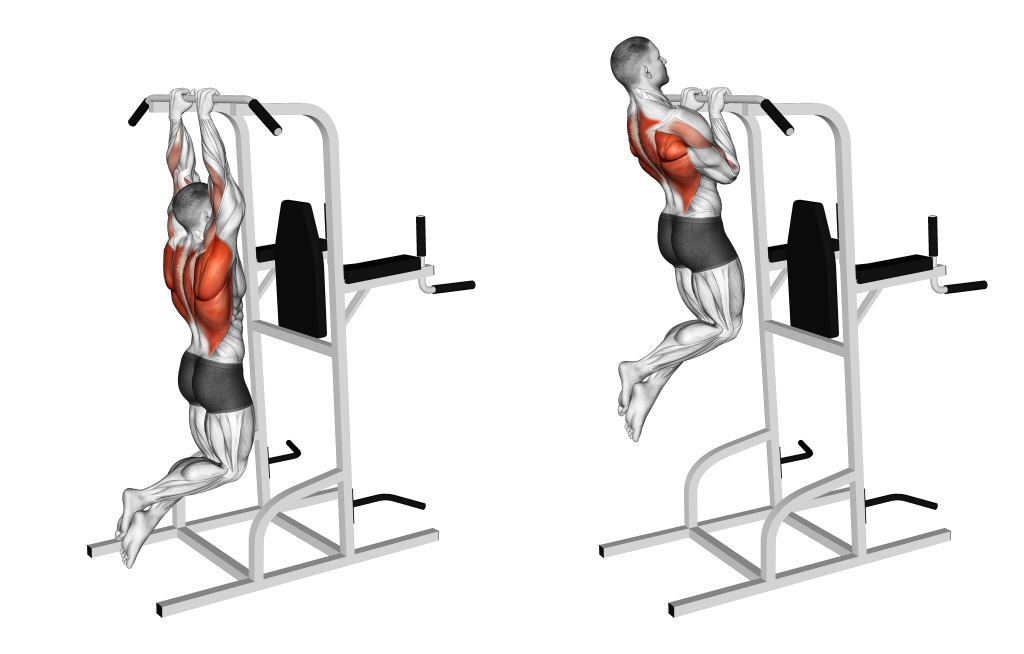
The lats are the large muscles that run down the sides of the back and are responsible for pulling the arms down and toward the body. During close grip pull-ups, the lats are engaged as the body is pulled upwards towards the bar.
In addition to the lats, close grip pull-ups also engage several other muscles in the upper body, including the biceps, which are located on the front of the upper arm; They are also activated during the upward pulling motion.
The forearm muscles also play a role in this exercise as they work to maintain the grip on the pull-up bar. The shoulders, including the deltoids and rotator cuff muscles, are involved in stabilizing the movement and assisting with the upward pull.
The trapezius muscles, located in the upper back and neck, are responsible for shrugging the shoulders. The trapezius muscles work with the rhomboids, which are located between the shoulder blades, to stabilize the movement of the shoulder blades. The rhomboids help to retract the shoulder blades, which is important for maintaining good posture and preventing shoulder injuries.
Close grip pull-ups also engage the core muscles, including the rectus abdominis, obliques, and transverse abdominis; These muscles work to stabilize the body during the pulling motion and prevent excessive swinging or twisting.
Overall, close grip pull-ups are a highly effective exercise for developing upper body strength and endurance. By incorporating this exercise into a regular workout routine, individuals can develop a strong and defined back, improve posture, and enhance their overall functional fitness.
Benefits of Close Grip Pull-ups
Strengthens the Back
Close grip pull-ups are an excellent exercise for developing a strong and defined back. By engaging the latissimus dorsi, trapezius, and rhomboid muscles, this exercise can help to improve posture and reduce the risk of back injuries.
Increases Upper Body Strength
Close grip pull-ups are a compound exercise that engages multiple muscle groups simultaneously, including the biceps, forearms, and shoulders. This makes them an effective exercise for building upper body strength and endurance.
Improves Grip Strength
Close grip pull-ups require a strong grip in order to maintain hold of the pull-up bar. Over time, this exercise can help to increase grip strength and improve overall hand and forearm strength.
Enhances Functional Fitness
Close grip pull-ups are a functional exercise that can improve overall fitness and performance in other activities, such as climbing, sports that require upper body strength and stability, and daily tasks that require lifting or carrying.
Variations of Close Grip Pull-Ups
1. Weighted Close Grip Pull Ups
To perform weighted close grip pull-ups, the first step is to add resistance to the exercise by wearing a weight vest or attaching a weight plate to a dipping belt. Once the weight is secured, stand underneath the pull-up bar and grasp it with a close grip, ensuring that the hands are shoulder-width apart and palms facing away from the body.
With the weight supported, hang from the bar with arms fully extended, engaging the core muscles to maintain stability.
Pull the body up towards the bar, keeping the elbows close to the body, and exhaling as the body reaches the top of the movement.
Pause briefly at the top, then lower the body back down to the starting position, inhaling as the body descends. Repeat for the desired number of reps, ensuring proper form is maintained throughout the exercise.
2. Neutral Grip Pull Ups
Neutral grip pull-ups put less stress on the wrists and elbows and engage the biceps and forearms to a greater extent, making them a great variation to add to a workout routine.
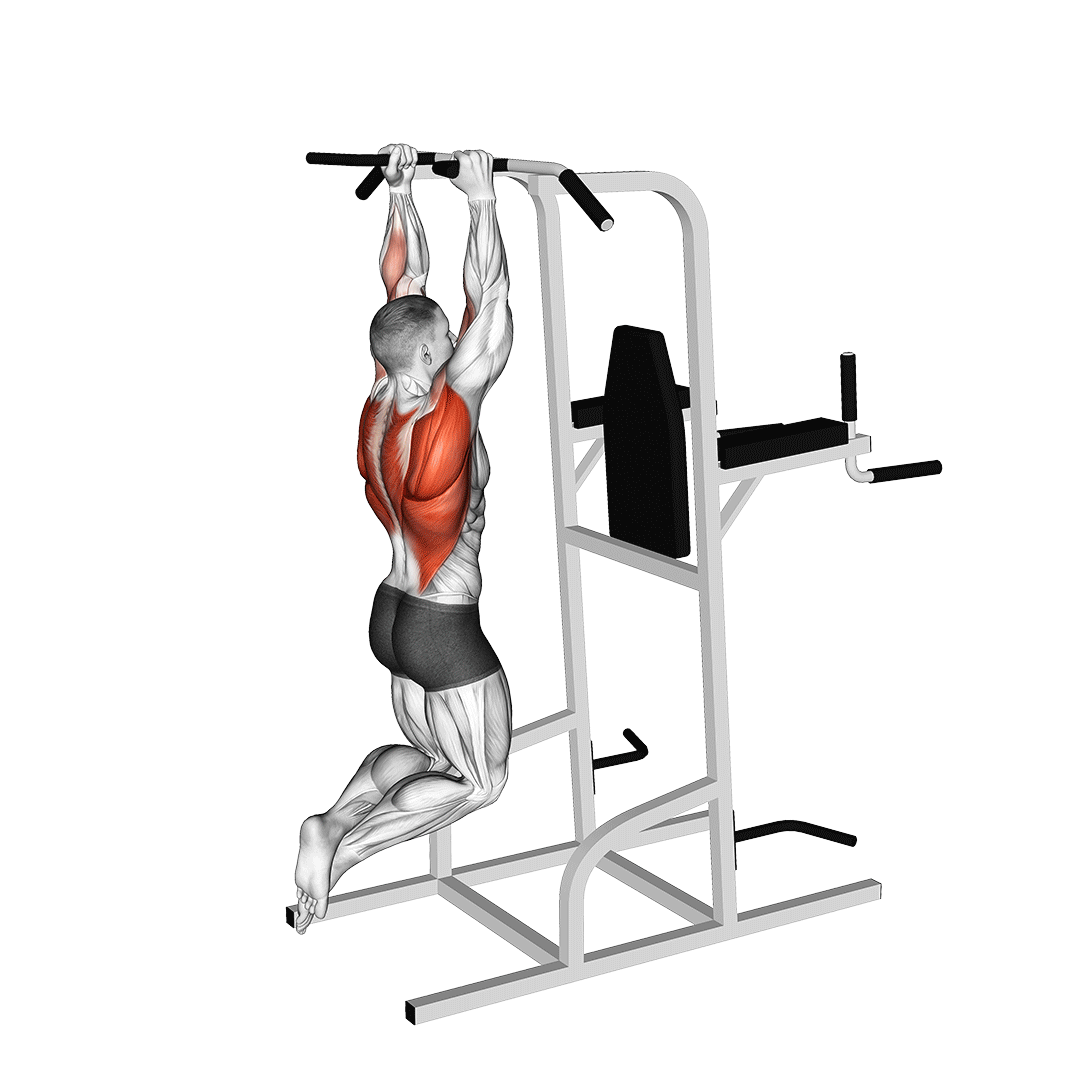
To perform neutral grip pull-ups, begin by standing underneath the pull-up bar and grasping it with a neutral grip, which involves placing the hands facing each other on the bar.
With the hands shoulder-width apart, use the core muscles to lift the feet off the ground and hang from the bar with arms fully extended.
Engage the back muscles and pull the body up towards the bar, keeping the elbows close to the body and exhaling as the body reaches the top of the movement.
Pause briefly at the top, then lower the body back down to the starting position, inhaling as the body descends.
Repeat for the desired number of reps.
3. Commando Pull Ups
Commando pull-ups are performed by starting in a chin-up position with the palms facing towards the body and then transitioning to a close grip pull-up position with the palms facing away from the body.
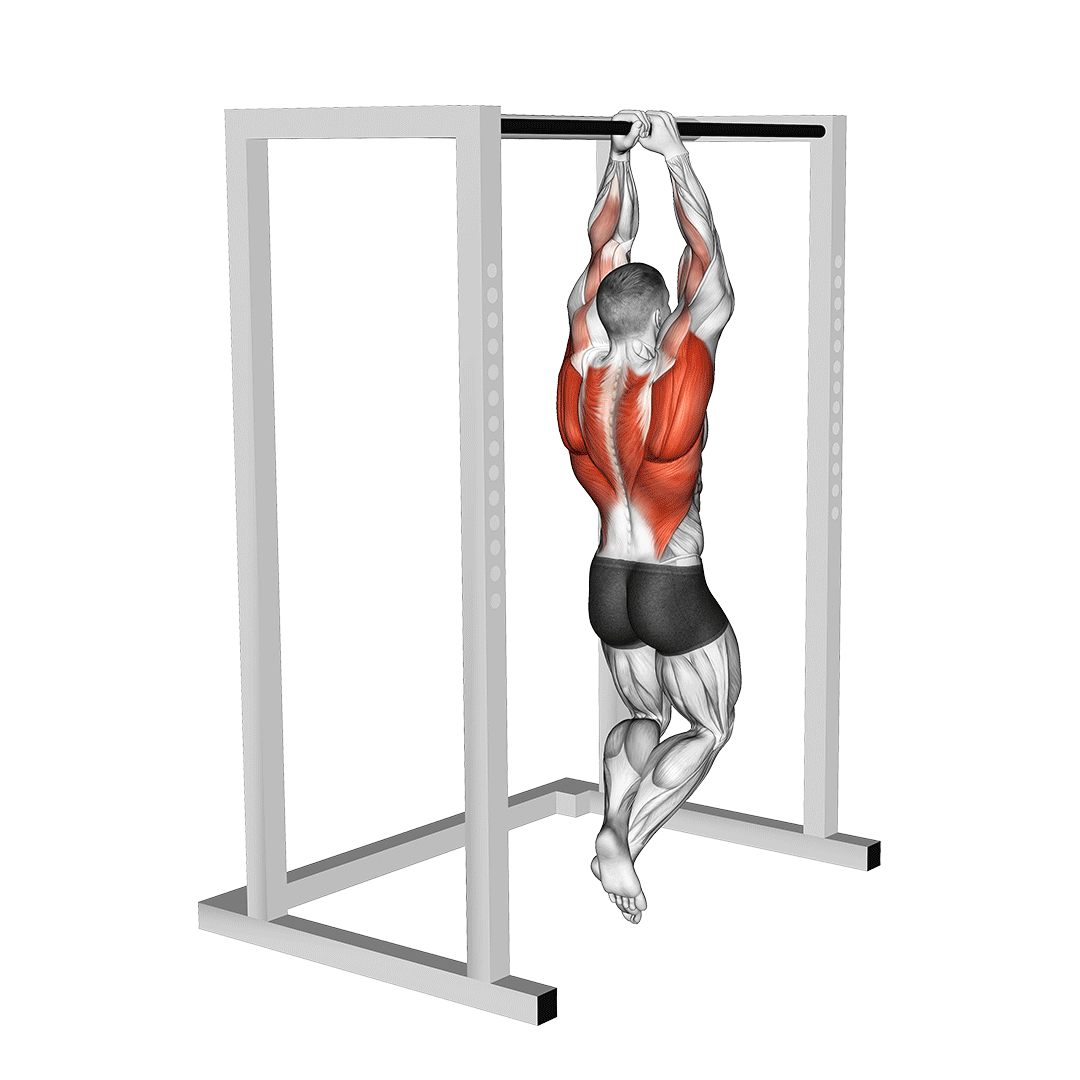
To perform this exercise, stand underneath the pull-up bar and grasp it with a shoulder-width underhand grip, keeping the palms facing toward the body. Use the core muscles to lift the feet off the ground and hang from the bar with arms fully extended.
Pull the body up towards the bar, maintaining the underhand grip until the body is halfway up.
Then, release one hand and rotate it to a close grip position with the palm facing away from the body.
Repeat with the other hand, completing the transition to a close grip position. Once in the close grip position, continue pulling the body up towards the bar, keeping the elbows close to the body, and exhaling as the body reaches the top of the movement.
Pause briefly at the top, then lower the body back down to the starting position, inhaling as the body descends. Repeat for the desired number of reps until the set is completed.
Final Thoughts
Close grip pull-ups are an excellent exercise that can provide a variety of benefits for the upper body muscles, particularly the biceps, back, and core. They are a challenging exercise that can help build strength, endurance, and muscle mass when performed correctly and consistently.
However, it is important to remember that proper form is crucial for avoiding injury and maximizing the effectiveness of the exercise. It is also worth noting that close grip pull-ups are just one of many exercises that can be incorporated into a well-rounded fitness routine.
It is important to combine a variety of exercises that target different muscle groups in order to achieve a balanced and effective workout. Finally, it is essential to consult with a healthcare professional or certified personal trainer before starting a new exercise program to ensure that it is safe and appropriate for your individual needs and fitness level.
References:
1. Ronai P, Scibek E. The pull-up. Strength & Conditioning Journal. 2014 Jun 1;36(3):88-90.
2. Dickie JA, Faulkner JA, Barnes MJ, Lark SD. Electromyographic analysis of muscle activation during pull-up variations. Journal of Electromyography and Kinesiology. 2017 Feb 1;32:30-6.

